How to Give a Great Toast for Any Occasion sets the stage for mastering the art of the toast. From intimate gatherings to formal events, this guide provides a roadmap for crafting impactful and memorable speeches, regardless of the occasion. This comprehensive resource covers everything from understanding the nuances of different events to delivering your toast with confidence and grace.
This detailed guide delves into the essential elements of a successful toast, including the importance of tailoring your message to the specific audience and occasion. It also addresses common pitfalls to avoid, offering practical advice on handling nerves and maintaining a respectful tone.
Understanding the Occasion
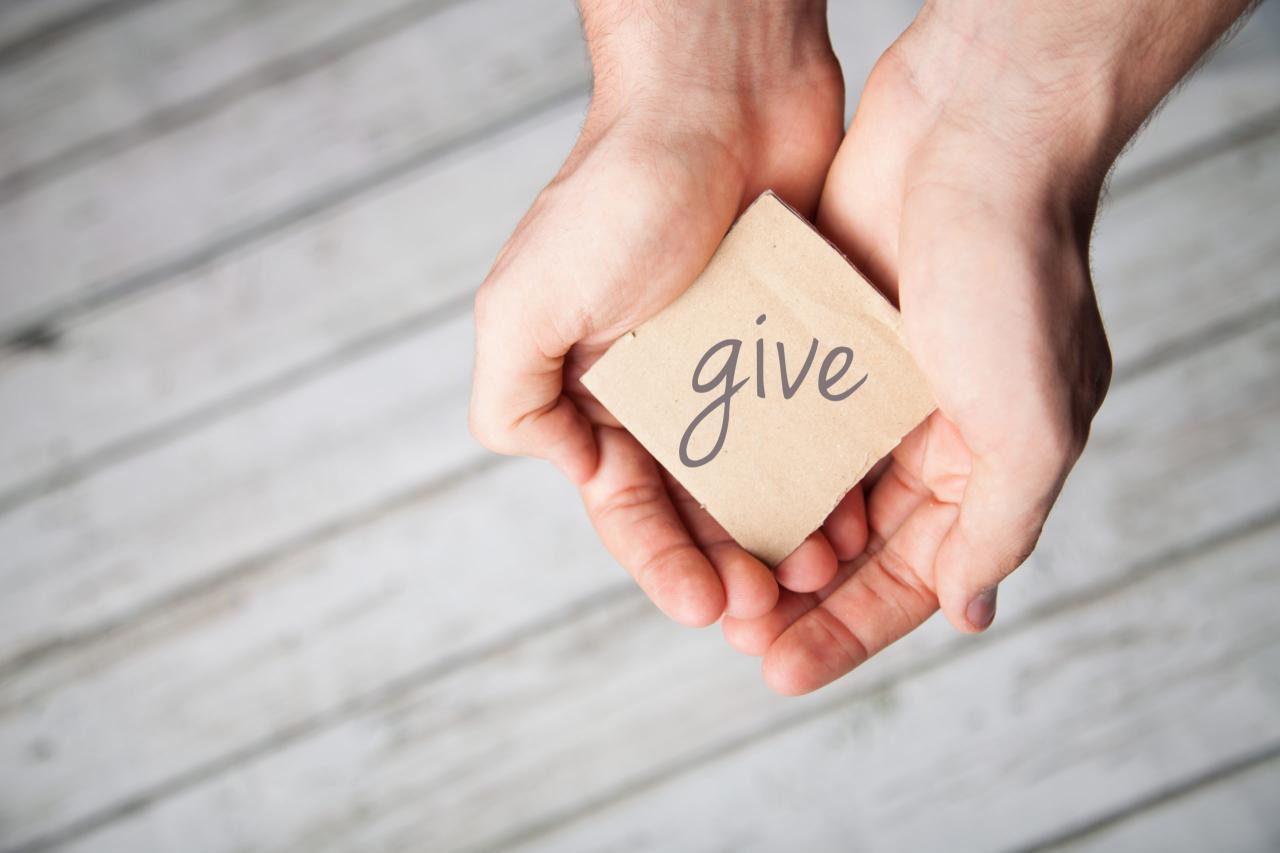
A toast, whether formal or informal, should perfectly complement the occasion. The tone and language should resonate with the atmosphere and the emotions being expressed. Knowing the context is crucial for crafting a meaningful and appropriate toast.Understanding the specific event and the emotional tenor of the occasion is essential for choosing the right words and conveying the appropriate sentiment.
This involves considering the formality of the setting and the expectations of the audience.
Diverse Toasting Occasions
Different occasions call for different approaches to toasting. The emotional tone and expectations vary significantly, from the joy of a wedding to the solemnity of a funeral. A wedding toast typically evokes happiness, gratitude, and wishes for a long and prosperous future. A graduation toast often celebrates hard work, academic achievement, and the future potential of the graduate.
A toast at a funeral should offer comfort and remembrance, highlighting the life and positive impact of the deceased. A toast at a retirement party often emphasizes the contributions and legacy of the retiree.
- Weddings: A wedding toast is characterized by happiness, celebration, and well wishes for the happy couple. The tone is generally upbeat and optimistic, highlighting the love and commitment shared by the bride and groom. Expectations are to express joy, offer congratulations, and speak to the couple’s personalities and relationship.
- Funerals: A funeral toast demands a sensitive and respectful tone. It should offer comfort and remembrance, focusing on the positive aspects of the deceased’s life and the impact they had on others. The language should be reflective and heartfelt, avoiding overly sentimental or distracting elements.
- Graduations: A graduation toast celebrates academic achievement and the future of the graduates. It should be uplifting and inspiring, recognizing the hard work and dedication that led to this accomplishment. A positive and motivational tone is expected, highlighting the graduate’s potential and future success.
- Retirement Parties: A retirement toast typically celebrates the contributions and legacy of the retiree. It’s an opportunity to acknowledge their dedication and hard work throughout their career. A tone that is appreciative, grateful, and reflective is expected. Expectations usually center on expressing gratitude and celebrating their journey.
Business Dinner Toasts vs. Casual Gatherings
The formality of the setting significantly impacts the tone of a toast. A business dinner toast demands a more formal and reserved tone compared to a casual gathering. At a business dinner, the focus is on professionalism and respect for the occasion. The language should be polite, concise, and appropriate for a professional environment. In contrast, a casual gathering allows for a more relaxed and personal tone, where humor and shared experiences can be incorporated.
Importance of Understanding the Audience
The audience plays a critical role in shaping the content and tone of the toast. Understanding the audience’s relationship to the person being honored, their background, and their shared experiences allows for a more personalized and impactful toast. Tailoring the language to the specific audience ensures the toast resonates with them and achieves its intended effect.
Formality Levels for Different Occasions
| Occasion | Formality Level |
|---|---|
| Casual Gathering (e.g., birthday party) | Casual |
| Business Dinner | Semi-Formal |
| Wedding | Formal |
| Funeral | Formal |
| Graduation Ceremony | Semi-Formal |
Crafting the Perfect Toast
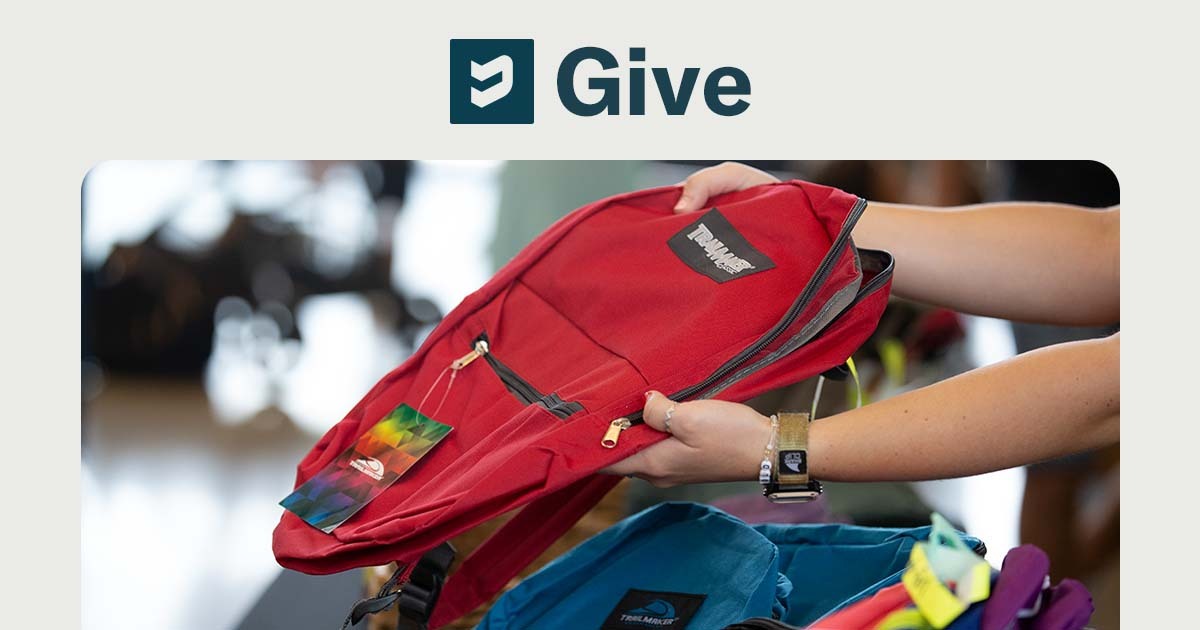
A well-crafted toast can elevate any occasion, leaving a lasting positive impression on the honored guest and the entire gathering. Knowing how to structure a toast, tailor it to the specific context, and incorporate appropriate elements like humor and personal anecdotes, is crucial for delivering a truly memorable speech. This section delves into the structure and key components of a compelling toast.Tailoring a toast to the specific person or event being celebrated is essential for a meaningful and impactful speech.
A toast for a colleague’s promotion will differ significantly from a toast for a newlywed couple. The message should reflect the occasion’s unique significance and the qualities being celebrated. For instance, a toast for a new business venture should highlight the entrepreneur’s dedication and vision, while a toast for a retirement should acknowledge years of service and contributions.
Toast Structure
A well-structured toast typically follows a three-part format: introduction, body, and conclusion. A strong introduction immediately captures attention and sets the tone for the entire toast. The body is where the heartfelt message is delivered, focusing on the qualities being celebrated. A memorable conclusion reinforces the message and leaves a lasting impression.
Introduction
The introduction is the first impression. It should be brief, engaging, and relevant to the occasion. Begin by acknowledging the event and the honored person or group. A concise and well-crafted opening sentence can set the stage for a truly impactful toast. For example, “As we gather here today to celebrate [occasion], it’s with immense joy that I raise my glass to [honoree].”
Body
The body is the heart of the toast. It’s where the heartfelt message resides. Here, delve into the specific qualities of the person or event being honored. Share anecdotes, observations, and sentiments that showcase their impact. If appropriate, weave in humor.
For instance, a lighthearted anecdote about a shared experience can add warmth and personality to the toast. Focus on specific achievements or qualities, rather than general praise.
Conclusion
The conclusion should reinforce the message of the toast. Summarize the key points and reiterate the sentiment of appreciation. End with a memorable and concise phrase. For example, “May we all continue to strive for [quality], as [honoree] has so beautifully exemplified.”
Humor and Anecdotes
“A well-placed anecdote or a touch of humor can make a toast memorable and engaging.”
Humor, when appropriate, can lighten the mood and make the toast more enjoyable. However, be mindful of the audience and the occasion. A lighthearted anecdote about a shared experience can add warmth and personality to the toast, while a joke that is insensitive or inappropriate can quickly ruin the atmosphere. Personal anecdotes can personalize the toast, adding depth and authenticity.
These stories can demonstrate the significance of the honored person or event in a relatable and compelling way.
Key Elements of a Toast
| Element | Description |
|---|---|
| Introduction | Briefly acknowledges the occasion and the honored person/group. |
| Body | Delves into the specific qualities of the person/event, sharing anecdotes, observations, and sentiments. |
| Conclusion | Reinforces the message, summarizing key points and expressing appreciation. |
| Closing Remarks | A final, concise, and memorable statement. |
Delivering Your Toast Effectively
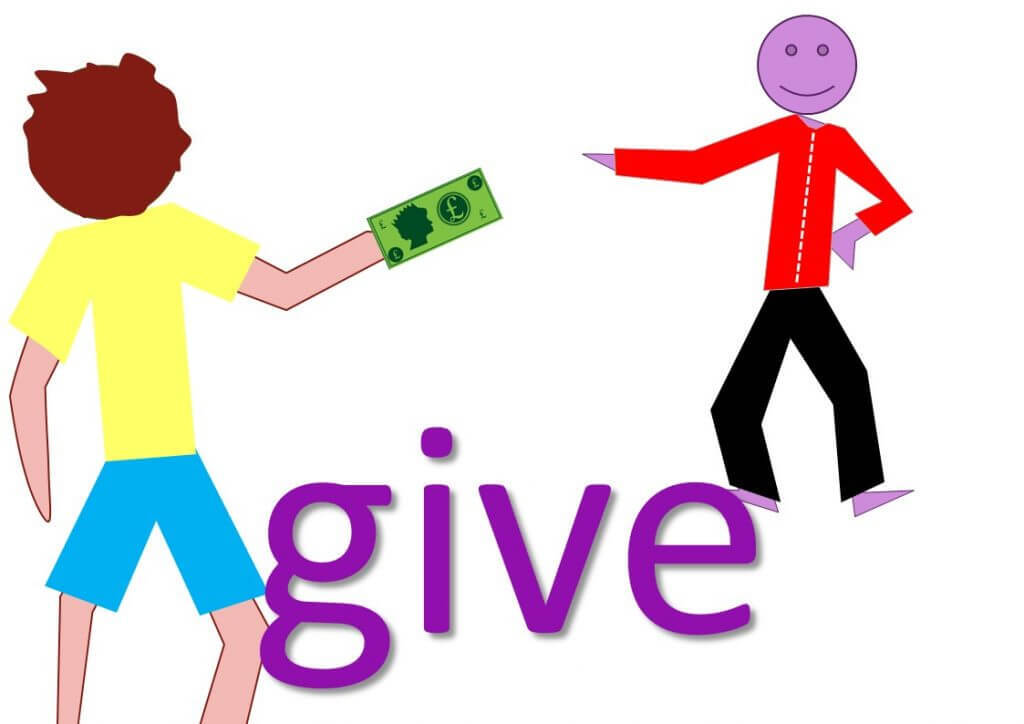
A compelling toast isn’t just about the words; it’s about how you deliver them. Effective delivery captivates the audience, enhances the message, and leaves a lasting impression. This section will delve into the crucial aspects of vocal projection, engaging body language, and crafting a memorable presentation.Clear and concise language is paramount in a toast. Avoid jargon or overly complex sentences that might confuse or disengage your audience.
Focus on delivering your message in a straightforward, impactful manner, ensuring that every word carries weight.
Importance of Clear and Concise Language
A toast is a moment for celebration, not a lecture. Clear and concise language allows the message to resonate with the audience, ensuring that the essence of the occasion is properly conveyed. The use of simple, evocative language, tailored to the specific audience and context, is key to effective communication. Avoid rambling or using clichés. Instead, strive for impact through precision and brevity.
Strong Opening Lines and Memorable Closing Statements
Strong opening lines immediately grab the audience’s attention, setting the tone for the entire toast. They should be relevant to the occasion and the person being honored. For instance, a toast honoring a colleague’s retirement might start with, “Few people leave a mark as indelible as [colleague’s name] has on our team.”Memorable closing statements provide a satisfying conclusion, leaving a lasting impression.
They should summarize the key points of the toast and express sincere sentiments. A closing statement like, “May your future be filled with joy, and may we continue to celebrate your contributions,” is concise and heartfelt.
Significance of Vocal Delivery
Your voice is a powerful tool in delivering a toast. Tone, pace, and volume significantly impact the message’s reception. A warm, enthusiastic tone conveys sincerity and positivity, while a measured, thoughtful tone can add gravitas to a heartfelt tribute.Varying the pace of your speech creates interest and keeps the audience engaged. Pausing strategically can emphasize key points and allow for reflection.
Adjusting the volume allows for a dynamic delivery that holds the audience’s attention.
Maintaining Eye Contact and Engaging the Audience
Maintaining eye contact with different members of the audience throughout the toast creates a personal connection and fosters engagement. This conveys sincerity and respect, and ensures that everyone feels included in the celebration. Scanning the room, making meaningful eye contact, and occasionally focusing on specific individuals creates a sense of intimacy.Engaging the audience actively, not just by making eye contact, but also through gestures and pauses, is crucial.
Actively seeking engagement ensures a lively and participatory atmosphere. For example, a subtle smile or nod in response to applause can strengthen the bond between the speaker and the audience.
Use of Gestures and Body Language
Appropriate gestures and body language can significantly enhance the impact of your delivery. Open posture and a confident stance convey enthusiasm and conviction. Using gestures to emphasize key points, or even subtly mimicking the expressions of the person being honored, can add depth and emotion to your words. Avoid excessive or distracting movements, and ensure that gestures support, not detract from, the message.
Comparing Delivery Styles and Occasion Suitability
| Delivery Style | Description | Suitable Occasion |
|---|---|---|
| Formal | Poised, measured tone, minimal gestures, clear articulation | Business events, awards ceremonies, formal dinners |
| Informal | Energetic, conversational tone, engaging gestures, friendly and approachable | Celebrations, weddings, birthdays |
| Humorous | Lighthearted tone, witty remarks, appropriate for a celebratory occasion | Weddings, anniversaries, retirement parties |
Avoiding Common Mistakes
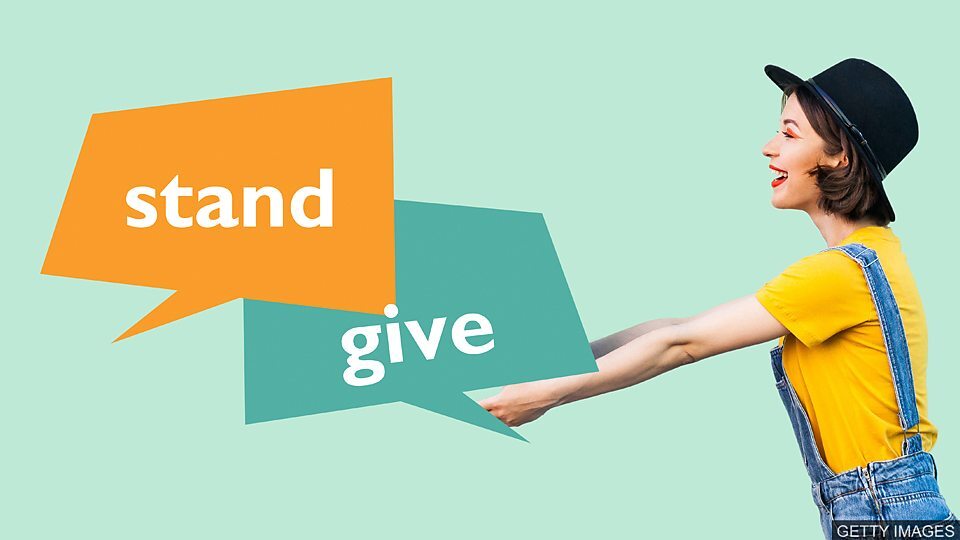
Delivering a memorable toast requires more than just heartfelt words. Understanding common pitfalls and practicing strategies for handling potential challenges can significantly enhance your toast’s impact and overall success. This section will explore common mistakes to avoid and provide practical advice for navigating the nuances of toasting.Effective toasting is not just about what you say, but also how you say it and how you manage the situation.
It’s about maintaining composure, respecting time constraints, and choosing your words wisely. By recognizing and addressing potential errors, you can elevate your toasting experience and create a truly positive and impactful moment for everyone involved.
Maintaining Appropriate Length
Toasts should be concise and engaging, not overly lengthy or rambling. A well-crafted toast, focused on the specific occasion and the honoree, will leave a lasting impression. Avoid overwhelming your audience with excessive details or personal anecdotes. Practice beforehand to ensure your toast aligns with the allotted time. Aim for a duration that allows the audience to fully appreciate the message without feeling rushed or bored.
Managing Nerves and Stage Fright
Nerves are a common experience when addressing a group, but with preparation and a few techniques, you can effectively manage them. Deep breaths, a positive mindset, and visualizing a successful delivery can help calm anxieties. Remember the purpose of the toast and focus on connecting with the audience on a personal level. Practice your toast beforehand in a relaxed setting to build confidence and become more comfortable with the material.
Respecting Time Constraints
The success of a toast often depends on respecting the time constraints of the event. Knowing the allotted time for your toast allows you to structure your remarks effectively and avoid exceeding the designated timeframe. Be mindful of the overall schedule and adjust your toast accordingly. This will ensure your remarks remain focused and impactful.
Choosing Appropriate Humor
Humor can be a powerful tool in toasting, but it’s essential to select humor that’s relevant, appropriate, and respectful to all involved. Avoid jokes that might offend or alienate anyone present. Focus on humor that aligns with the event’s tone and celebrates the occasion. Self-deprecating humor can be particularly effective when used judiciously and appropriately.
Graceful Exit from the Podium
After delivering your toast, a graceful exit is just as important as the delivery itself. A confident and respectful exit signals your awareness of the event’s flow. Thank the host, the honoree, or the audience, and step down from the podium with a smile and a firm handshake (if appropriate). This final impression adds to the overall positive experience.
Avoiding Sensitive Topics
Certain topics should be avoided in toasts, particularly those that could be considered controversial, sensitive, or inappropriate. Maintaining respect and decorum for all attendees is crucial. Avoid discussing potentially divisive topics, such as politics, religion, or personal conflicts. Focus instead on positive aspects of the occasion and the individuals being honored.
- Politics: Avoid political commentary or discussions of sensitive political issues, especially if the event is not a political rally or gathering.
- Religion: Steer clear of religious debates or controversial religious viewpoints, respecting the diverse beliefs of the attendees.
- Personal Conflicts: Avoid bringing up personal conflicts or negative experiences, maintaining a positive and uplifting tone for the occasion.
- Inappropriate Jokes: Avoid jokes that are offensive, vulgar, or insensitive, as this can detract from the overall celebration and create a negative experience.
- Private Information: Refrain from sharing personal or private information about others without their consent. Respecting privacy is crucial for maintaining a positive and professional atmosphere.
Toasts for Specific Audiences
Delivering a memorable toast requires understanding and adapting to the audience. Consider their age, cultural background, and relationship to the honoree when crafting your words. This allows you to connect with the audience on a deeper level, ensuring your toast is not just well-received, but genuinely appreciated.Effective toasts for diverse audiences stem from a keen understanding of the individuals you’re addressing.
Tailoring your tone and language to the specific group fosters a connection and demonstrates respect. This section will delve into how to create toasts for various demographics, considering cultural nuances and appropriate etiquette.
Toasts for Children
Toasts for children should be brief, engaging, and full of warmth. Avoid complex language or overly formal phrasing. Instead, use playful language, incorporate humor, and focus on positive qualities like kindness, generosity, or creativity. Focus on the child’s personality and experiences. A child-centric toast should highlight the joy and enthusiasm that the child brings to the occasion.
- Example: “Look at this amazing little person! [Child’s name] always makes us laugh with their silly jokes and contagious smile. We’re all so lucky to have them in our lives. May you continue to bring joy and happiness to everyone around you!”
Toasts for Colleagues
Toasts for colleagues should acknowledge the honoree’s professional contributions and positive impact on the team. Maintain a professional tone while injecting a personal touch, highlighting qualities like dedication, teamwork, or leadership. Recognise their impact on projects and how they’ve influenced the workplace environment.
- Example: “For years, [Colleague’s name] has been a valuable asset to our team. Their dedication and hard work have been instrumental in [mention specific project or accomplishment]. We appreciate their commitment and wish them all the best in their future endeavors.”
Toasts for Elders
Toasts for elders should be respectful and heartfelt. Acknowledge their wisdom, experience, and contributions to society. Use a warm and gentle tone, focusing on the positive aspects of their life. Avoid topics that might be sensitive or upsetting to them.
- Example: “We gather here today to celebrate the remarkable life of [Elder’s name]. Their wisdom and kindness have touched countless lives. We are deeply grateful for their years of service and wish them continued health and happiness.”
Toasts for Diverse Cultural Backgrounds
When addressing audiences with diverse cultural backgrounds, be mindful of cultural norms and sensitivities. Research the specific cultural norms to avoid unintentional offense. If possible, incorporate a brief reference to the honoree’s cultural background or traditions in your toast. Ensure your language is respectful and appropriate. Understand that cultural nuances can vary considerably; a simple inquiry about the appropriate etiquette and language will enhance the impact of your toast.
- Example: “We are honored to celebrate [Honoree’s name], a remarkable individual from a rich cultural heritage. Their dedication and warm hospitality have enriched our lives in countless ways. We are truly blessed to have them in our community.”
Visual Aids and Additional Considerations
Beyond the words themselves, the presentation of a toast significantly impacts its reception. Thoughtful consideration of visual aids, attire, cultural sensitivity, and overall presentation elevates the experience for both the speaker and the audience. Careful planning in these areas ensures the toast is not just well-received, but also truly memorable.
Visual Aids in Toasting
Visual aids, while not always necessary, can enhance a toast, particularly for longer or more complex messages. Slideshows, for example, can visually represent key moments, achievements, or shared memories, making the toast more engaging and impactful. They can also help maintain audience interest and provide a visual backdrop to the narrative. However, it is crucial to avoid overwhelming the audience with excessive slides or distracting animations.
The slides should support, not replace, the spoken words. Their purpose is to amplify the message, not to overshadow it.
Appropriate Attire and Presentation
The choice of attire plays a significant role in the overall impression of the toast. Appropriate attire reflects respect for the occasion and the people present. A formal event calls for formal attire, while a more casual gathering allows for a more relaxed dress code. A well-chosen outfit can subtly reinforce the seriousness or joyfulness of the occasion.
Furthermore, maintaining good posture and a confident demeanor during the toast further contributes to a positive impression.
Respecting Cultural and Religious Sensitivities
Cultural and religious sensitivities are crucial considerations for any toast. Humor, for example, can be interpreted differently across cultures, and a joke deemed appropriate in one setting might be offensive in another. It’s vital to be mindful of potential sensitivities, and to ensure the toast celebrates the occasion without inadvertently causing offense. Thorough research about the cultural background of the audience is essential.
Cross-Cultural Approaches to Toasting
Toasting traditions vary significantly across cultures. In some cultures, toasting is a formal ritual with specific etiquette, while in others, it might be more informal and spontaneous. Understanding these cultural nuances allows for a more respectful and effective toast delivery. For example, in some cultures, raising a glass is a customary part of the toast, while in others, it might be considered unnecessary.
Examples of Well-Received Toasts
Memorable toasts often recount specific anecdotes or highlight significant achievements. A toast honoring a colleague’s career advancement might reference a key project they led and the impact it had on the team. Similarly, a toast at a wedding might emphasize the couple’s shared journey and the joy they bring to those around them. The key to success lies in connecting with the audience on a personal level.
Table of Best Practices for Different Toast Situations
| Occasion | Visual Aids | Attire | Cultural Sensitivity | Example |
|---|---|---|---|---|
| Formal Business Dinner | Simple slideshow highlighting achievements | Business professional attire | Research company culture and norms | Toast recognizing a team’s success |
| Wedding Reception | Slideshow with photos of the couple | Semi-formal or formal attire | Respect any religious customs or traditions | Toast highlighting the couple’s love story |
| Birthday Party | Slideshow of photos from shared experiences | Casual attire matching the party’s style | Consider any cultural norms for celebrations | Toast recalling a funny anecdote from the birthday person’s life |
Last Word
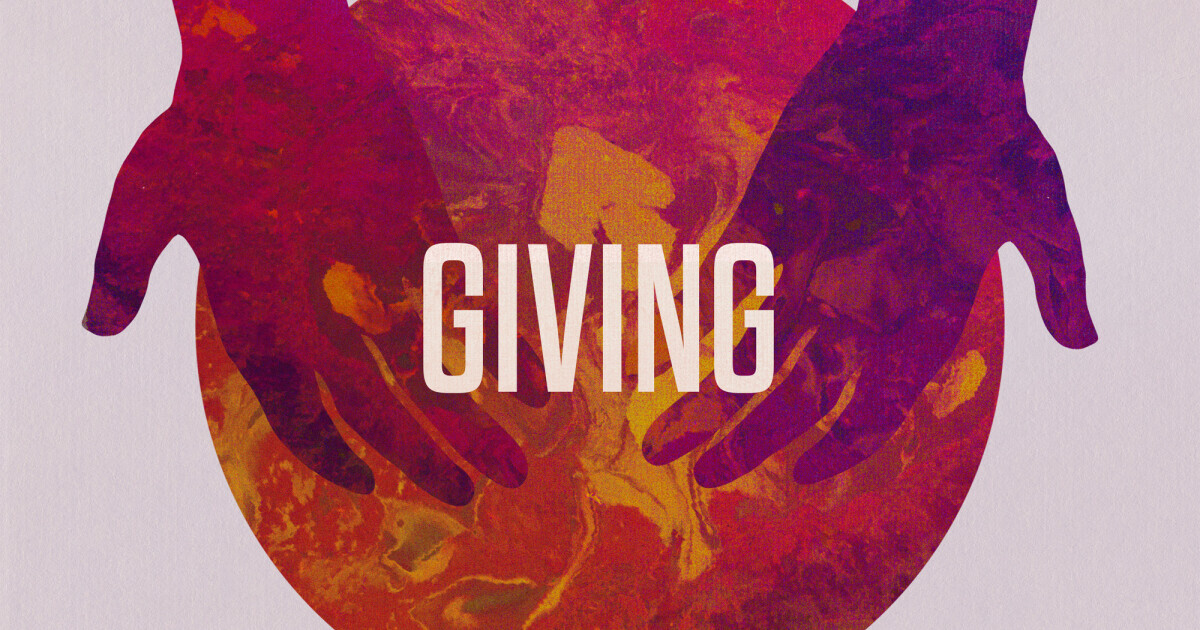
In conclusion, this guide equips readers with the knowledge and skills necessary to deliver exceptional toasts for any occasion. By understanding the nuances of different events, crafting thoughtful messages, and delivering them with confidence, you can leave a lasting impression and enhance the enjoyment of any celebration. Remember that sincerity, clarity, and respect are key to a truly great toast.